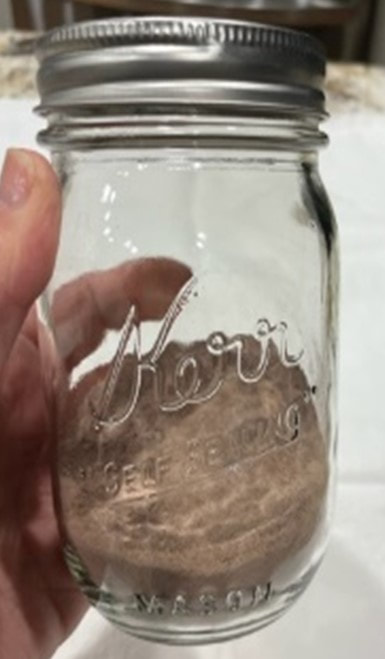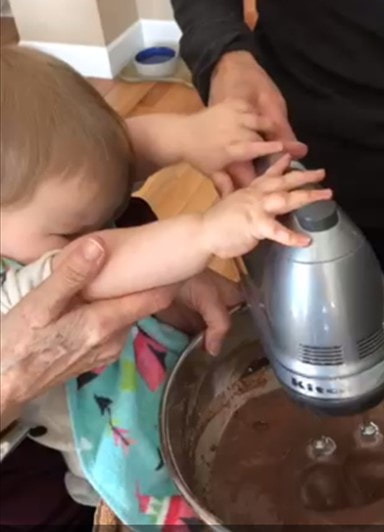Pudding on a Plate
Let’s have fun with literacy during an everyday routine – snack time! In this activity you and your child will learn a charming rhyme and make yummy pudding to go with it. It supports your child in learning independent living skills (especially feeding), introduces measurement and counting, and provides a multitude of sensory experiences.
Spatial concepts such as “up,” “down,” “on,” and “in” are also introduced. The rhyme can make eating more fun and hopefully reduce the stress that some children with visual impairment experience during mealtime. While a child with typical vision uses incidental learning to watch a caregiver making food, this experience teaches by active engagement in the cooking activity, which is essential for children with visual impairment. |
Duration
This activity will take 5 to 10 minutes depending on your child’s mood and interest.
Materials Required
Choose an object or toy that your child really likes and an object or toy that your child isn’t as interested in. Choose objects and toys that your child is familiar with because they need to know them well to make a choice.
|
"Pudding on the Plate" Rhyme
Pudding in the jar,
Pudding in the jar,
Shake them up,
Shake them up,
Pudding in the jar.
Pudding on the plate,
Pudding on the plate,
Wibble wobble,
Wibble wobble,
Pudding on the plate.
Pudding in the jar,
Shake them up,
Shake them up,
Pudding in the jar.
Pudding on the plate,
Pudding on the plate,
Wibble wobble,
Wibble wobble,
Pudding on the plate.
Activity Steps
|
Tips
|
|
Extension Activities
Pudding on the plate,
Pudding on the plate, Wibble wobble, Wibble wobble, Pudding on the plate. Candies in the jar, Candies in the jar, Shake them up, Shake them up, Candies in the jar. Candles on the cake, Candles on the cake. Blow them out, Blow them out, Puff, Puff, Puff. |



